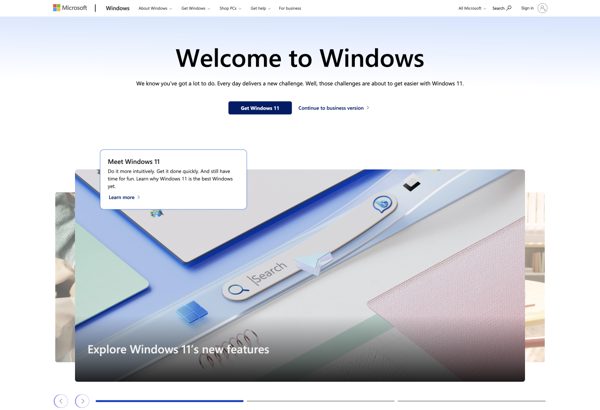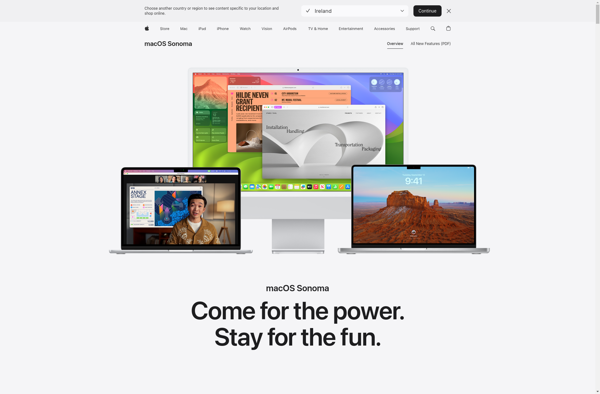GNU Guix

GNU Guix: Flexible and Customizable Operating System
A package manager and operating system distribution built on top of the Nix package manager, providing a flexible and customizable environment using the Guix functional package language.
What is GNU Guix?
GNU Guix is a transactional package manager and operating system distribution built on top of the Nix package manager. It focuses on providing a flexible, customizable, and liberating computing environment through the use of the Guix functional package language.
Some key features and goals of GNU Guix include:
- Transactional upgrades and rollbacks using functional package language
- Reproducible package builds and system configurations
- Flexible operating system provisioning support
- Emphasis on free software ethics and licensing
- Easy system configuration, customization and extension
GNU Guix aims to provide the benefits of Nix while also advancing software freedom ideals. It utilizes GNU's portable Linux-Libre kernel and core GNU packages while enabling easy declaration of build scripts. The functional package language allows users to have fine-grained control in crafting their own package variants.
GNU Guix Features
Features
- Transactional upgrades and rollbacks
- Declarative package management using Guile Scheme
- Reproducible build environments
- User profiles allow multiple versions of packages
- Binary substitutability allows different builds of packages to be substituted
- Garbage collection automatically removes unused packages
Pricing
- Open Source
Pros
Cons
Official Links
Reviews & Ratings
Login to ReviewThe Best GNU Guix Alternatives
Top Development and Package Managers and other similar apps like GNU Guix
Here are some alternatives to GNU Guix:
Suggest an alternative ❐Windows 10

Ubuntu

MacOS

Linux Mint

Windows 7

Flatpak

Arch Linux

Elementary OS

Debian

Fedora

Manjaro Linux

OpenSUSE
